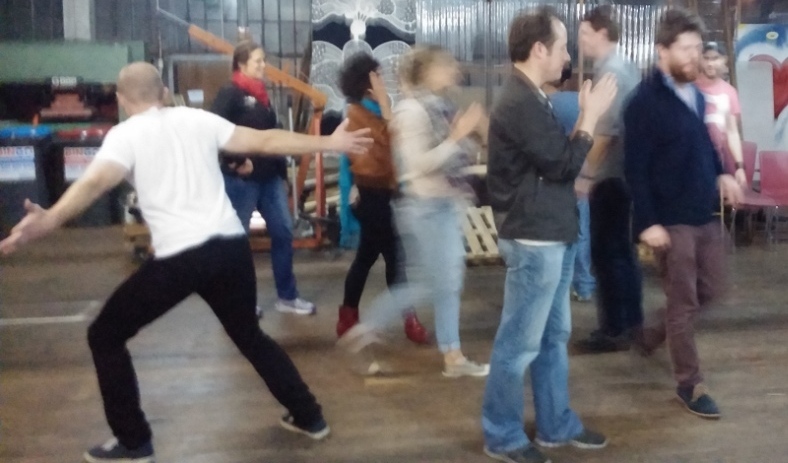Everyone who adopts the improvising mindset knows that it does something to your head.
It frees up your mind, makes you feel smarter and come up with ideas you didn’t know you had. And see the value in other people’s ideas in a way you wouldn’t otherwise.
So it’s wonderful that people like Charles Limb, a surgeon, have begun to study the neurology of improvisation.
Using an fMRI scanner he watched the brains of professional jazz improvisers as they improvised on a keyboard inside the MRI. He compared what their brain did like this to what their brains did when they played a learnt piece. If you’re eager to see it for yourself, the TED video starts to get into the “what” of it around 8:25 minutes.
What Charles found is that there was more activity in the area known for being autobiographical and self-reflective (the medial pre-frontal cortex) At the same time there was less activity in self-monitoring area of the brain (the lateral pre-frontal cortex).Dr Limb describes this as a “weird dissociation in your frontal lobe, so you’re not inhibited, not shutting down new generative impulses”.Then looking at the interactive musical improvisation activity called trading fours: (where musicians riff off each other) he discovered that this activates the left inferior frontal gyrus (Broca’s area) – which is the language and expressive communication area (even though there is no language involved).
The study has only looked at 8 subjects so far, so there is so much more to understand.
See the video here





